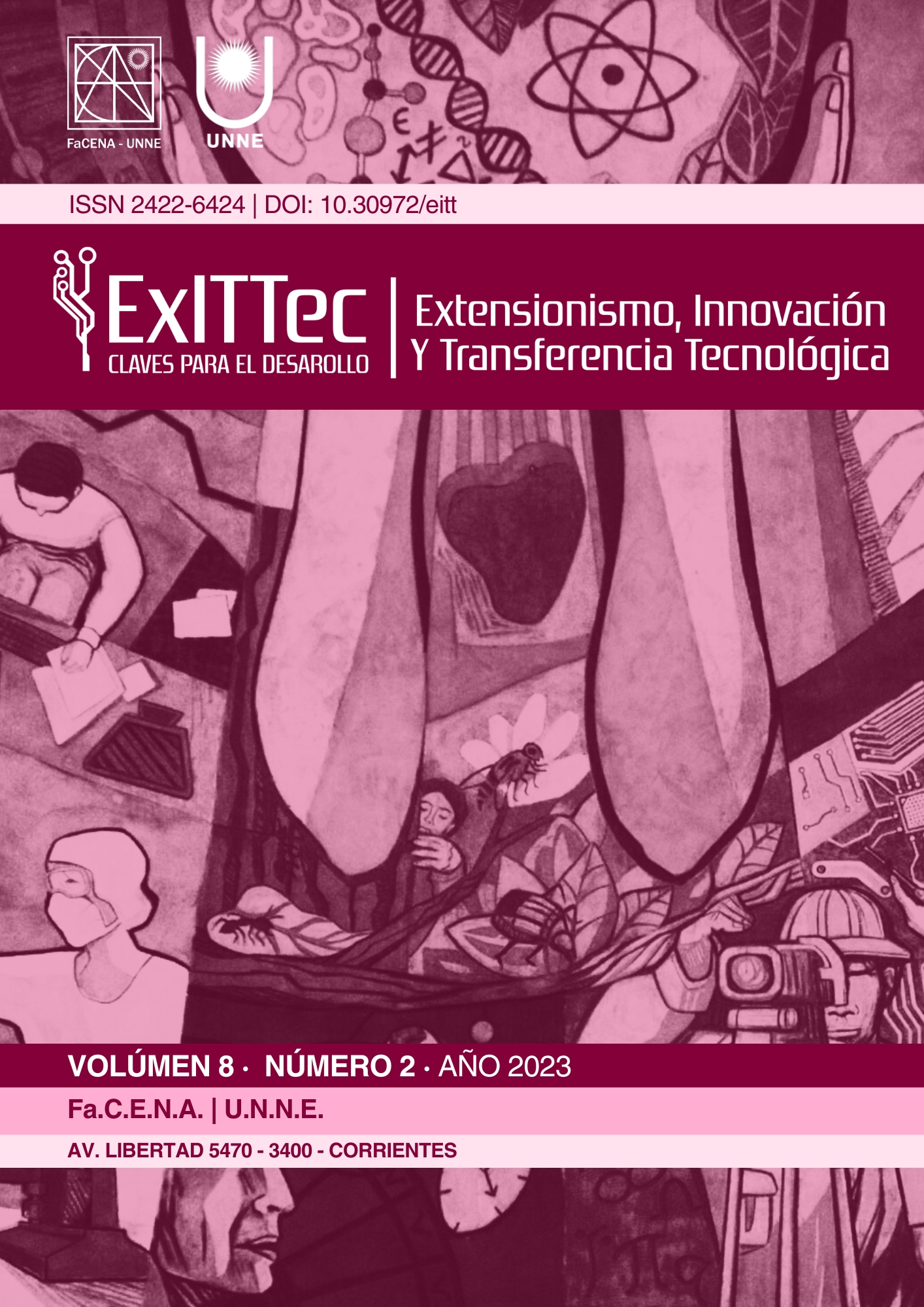Diseño y construcción de una fuente de tensión y corriente para sintetizar alúmina porosa nanoestructurada
DOI:
https://doi.org/10.30972/eitt.827063Palabras clave:
ARDUINO, Fuente, Calibración, Al2O3, APNResumen
En este trabajo presentamos el diseño, calibración y uso de una fuente de tensión y corriente para la síntesis de películas de Al2O3 porosa nanoestructurada (APN). El funcionamiento de la fuente se logra mediante en un microcontrolador ATMEGA 328 en una placa de desarrollo ARDUINO NANO [1] por modulación de ancho de pulso (PWM) con precisión de 8 bits, en un rango de tensiones de 0 - 40V y corrientes de 1 - 5 .6 mA, con incertezas en las mediciones de 5%. Se muestran las curvas de calibraciones del instrumento, donde evidenciamos la linealidad de la respuesta y se logró un buen acuerdo de los valores comandados en la fuente con las medidas directas de multímetro de banco para los rangos de trabajo. Utilizamos esta fuente para la síntesis de 4 muestras de APN bajo diferentes condiciones buscando un espesor del orden de los 1300 nm. Se obtuvieron los espectros de reflectancia mediante un espectrómetro Ocean Optics USB-4000, y se analizaron empleando un modelo de matriz de transferencia que tiene en cuenta la porosidad, espesor, rugosidad, y las concentraciones por vestigios de Fe2O3 y CuO l [2]. Encontramos que los espesores de las películas de APN no pueden explicarse solamente con los tiempos y corrientes de anodizado. El rol de la porosidad en la formación de las películas de APN sugiere ser un tema de mayor atención.


